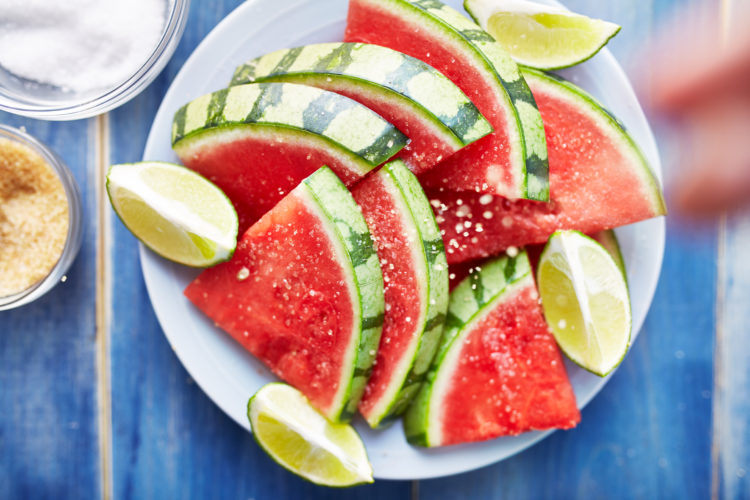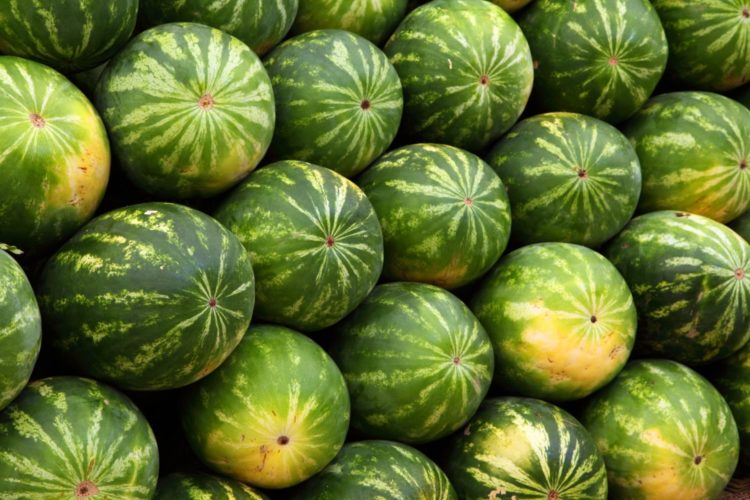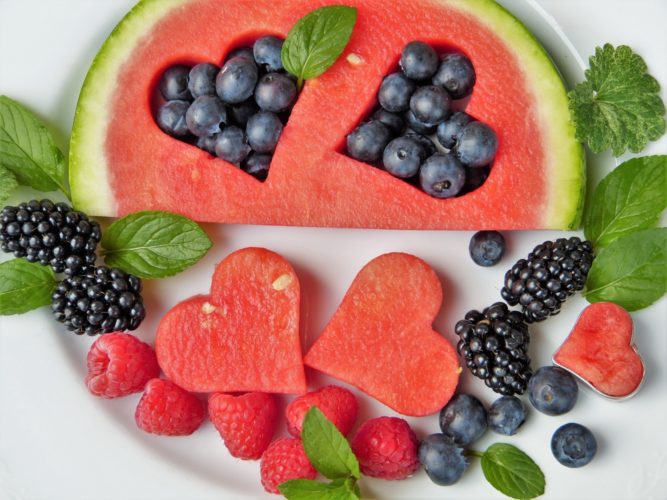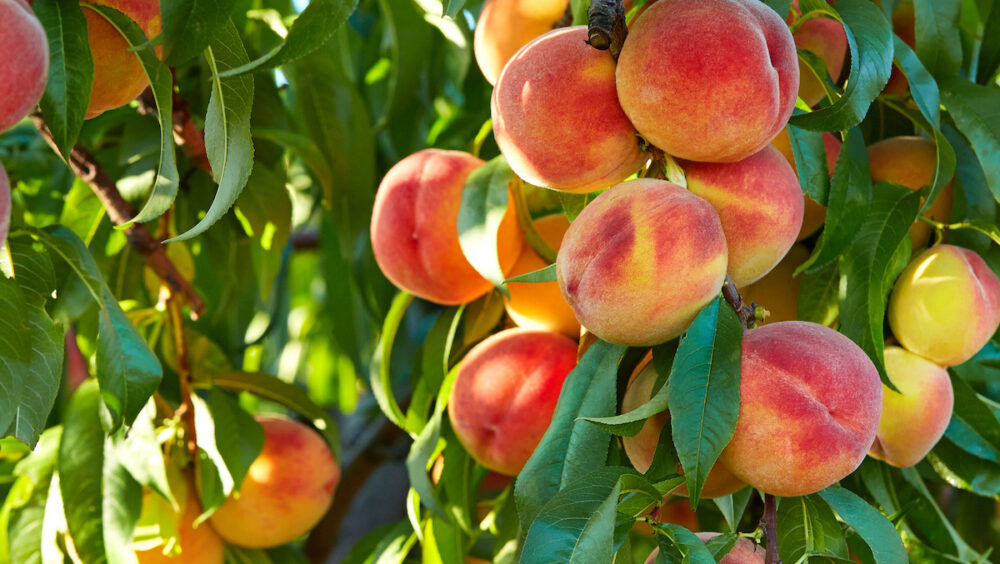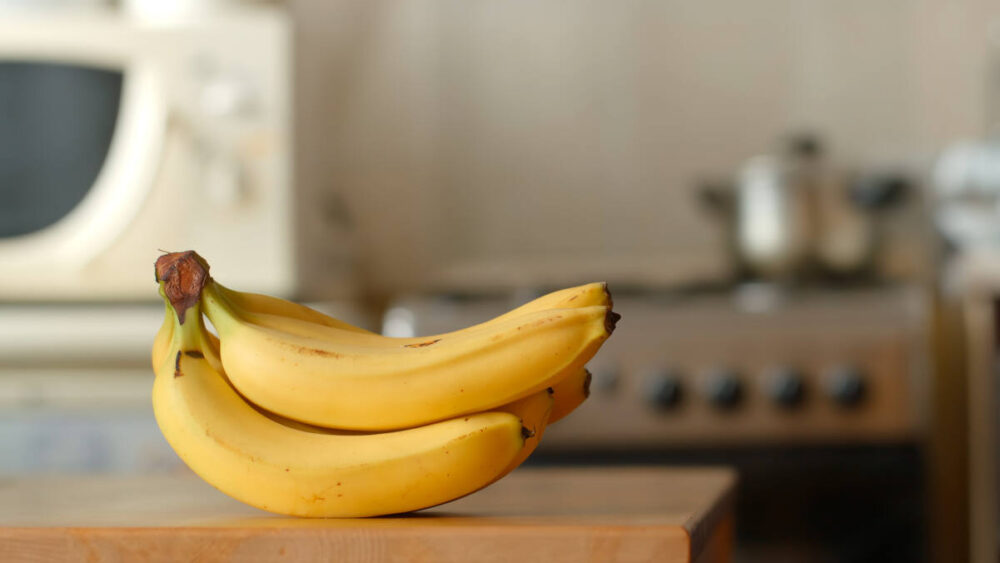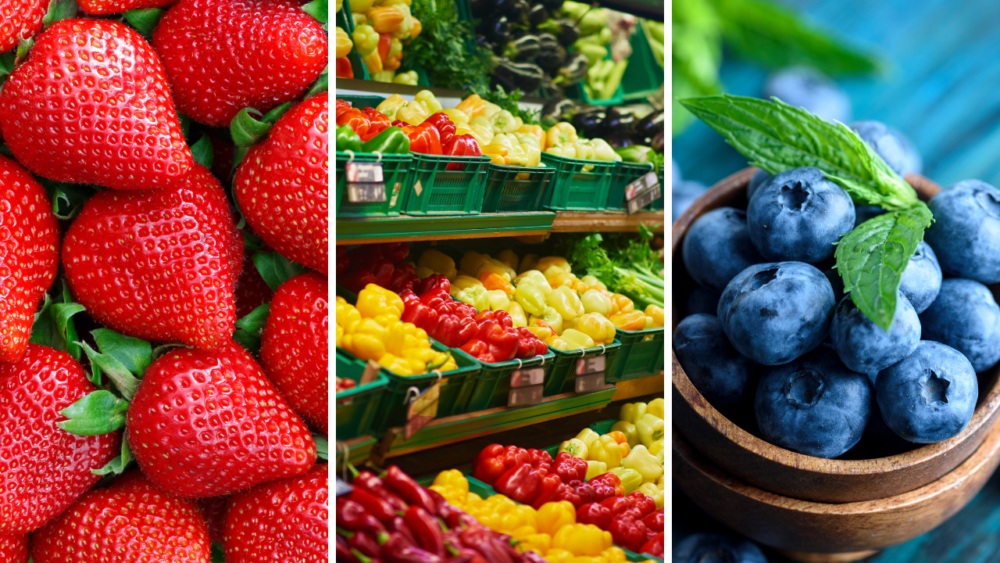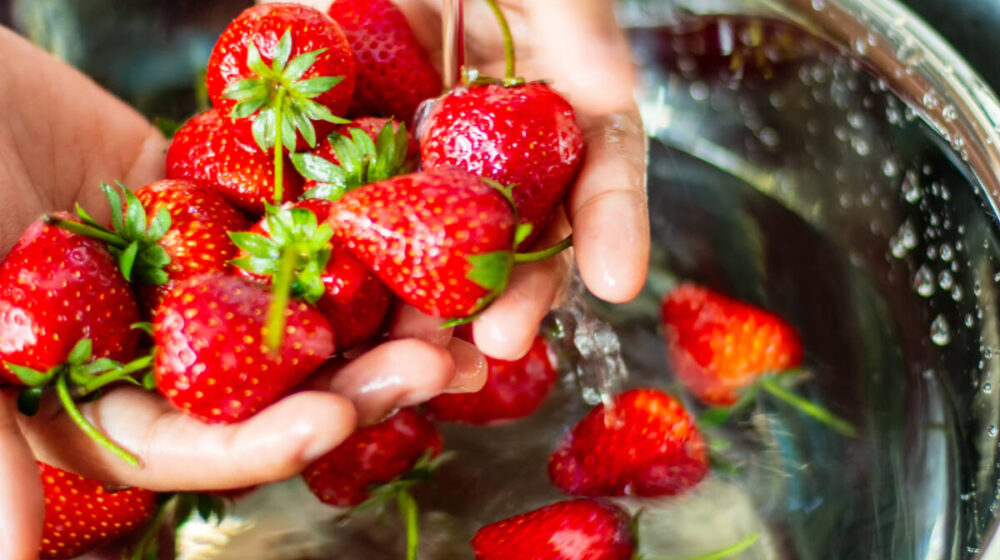10 surprising facts you may not know about watermelon
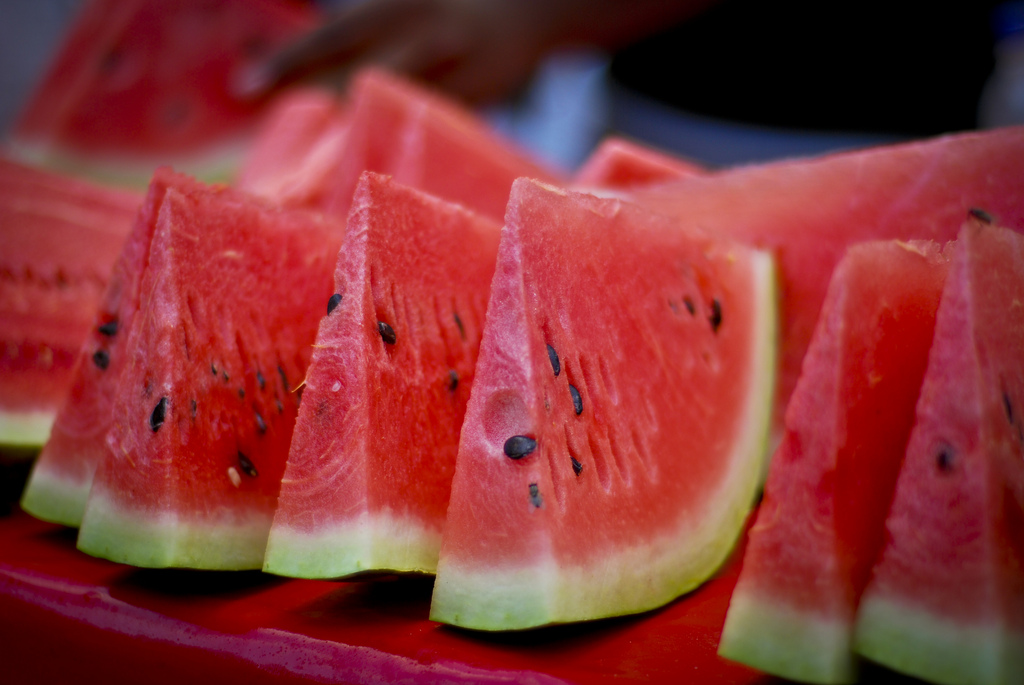
Though summer has turned to fall, it doesn’t mean your watermelon-eating days are over. There are several things you may not know about watermelon, and now’s as good a time as any to find out.
At the next gathering with friends, you’ll be full of watermelon stats to share. Now, without further ado, here’s some watermelon trivia for you to feast on.
1. It’s Low In Calories
Did you know that a 2-cup portion of watermelon has just 80 calories? And in that 80 calories, there are 21 grams of carbohydrates, 20 grams of sugar and 1 gram of dietary fiber. So eat up!
2. It’s Mostly Made Up Of Water
You may know that a watermelon’s mostly made up of water—but did you know that 98 percent of the fruit is water?
3. It’s Full Of Antioxidants
Watermelon is good for you and has 1.5 times more lycopene than raw tomatoes (6 milligrams versus 4, respectively). Lycopene is considered to act like a super antioxidant, and you know that antioxidants are nothing but great for us and our immune systems.
4. Some People Consider It A Fruit While Others Consider It A Vegetable
If you grew up thinking watermelon is a fruit, you’re right. If you grew up thinking watermelon’s a vegetable, you’re also right. Still other people think watermelon’s both a fruit and a vegetable. But why the confusion? The fruit theory is due to the fact that a watermelon stems from, no pun intended, the plant’s ovary after flowering and holds the seeds. But since a watermelon is in the cucumber family, the Cucurbitaceae, and grows from a plant, some believe it’s a vegetable.
5. Oklahoma Declared Watermelon As Its Official *Vegetable* Back In 2007
Yes, back in 2007, Oklahoma made watermelon their official state vegetable—not fruit. Then-Senator Don Barrington defended the watermelon as a vegetable since it comes from the cucumber and gourd families.
6. It Doesn’t Just Come In Pink
You may be used to traditional pink watermelon, but did you know watermelons come in yellow, too? Yellow ones tend to be even sweeter than pink ones. As for their color, they’re yellow because they’re in a different watermelon family, Citrullus lanatus, and don’t have the natural red pigment and antioxidant known as lycopene.
7. You Can Eat The Rind, Too
You may be used to eating only the interior of the watermelon, but did you know you can eat the rind, too? We didn’t either! Evidently there are ton of nutrients in the rind, as well as vitamins, such as C, B6 and A, plus zinc and potassium. Move over, bananas!
8. There’s More Than One Way To Eat A Watermelon Rind
If you don’t just want to crunch on the decidedly less-sweet watermelon rind, there are several other ways to eat it, including pickling it, making it into a chutney and turning it into a cool, colorful batch of gazpacho. All we can say is: YUM.
9. There’s Also More Than One Way To Eat Watermelon
Have you ever had grilled or seared watermelon? Specialty Produce suggests preparing yellow watermelon that way in order to use the juice in things such as desserts and cocktails, as well as cubing it to add to salads. Yes, please.
10. It Can Help Lower Your Blood Pressure
If you need to lower your blood pressure, eating watermelon can help.
I don’t know about you, but I’m hungry for a slice of watermelon right about now!


